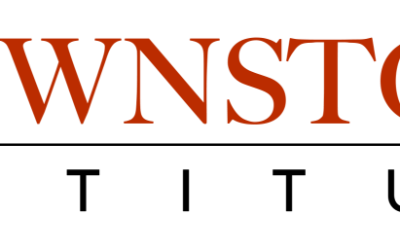Five times five equals twenty-five. You may already know that, but many Saskatchewan students need a calculator to figure it out. That’s because the math curriculum in this province does not require students to memorize their multiplication facts. Also missing are the standard algorithms for solving addition, subtraction, multiplication, and division questions.
Instead the curriculum encourages students to construct their own ways of doing math. As a result, students spend hours working on open-ended word problems with no obvious solution. When faced with basic arithmetic, elementary students regularly pull out their calculators to solve the simplest of questions.
Current math textbooks reflect this bias against traditional knowledge and skills. A prime example is Pearson Education’s Math Makes Sense, a textbook series used in a variety of grade levels across the province. As many parents and students can attest, the textbook’s name is a misnomer. The math in it doesn’t make sense and simple math problems are presented in confusing and convoluted ways.
Last year, a group of math professors from Saskatchewan and Manitoba decided to take action. They formed an organization called the Western Initiative for Strengthening Education in Math (WISE Math). Largely in response to WISE Math, Saskatchewan Education Minister Donna Harpauer organized a series of consultation meetings across the province with the intent of improving math education in schools. This initiative gave mathematicians hope that things would change for the better.
That hope quickly faded when the education department issued a news release last week informing the public that it intends to make no changes to the new math curriculum. Instead Harpauer announced that teachers would be provided with more professional development opportunities to help them implement the curriculum more effectively. She also encouraged schools to hold more information sessions for parents about the new curriculum.
Of course, the new directives make about as much sense as holding professional development sessions about the unsinkability of the Titanic immediately after it hit the iceberg. Like the doomed Titanic, the math curriculum sinks under its own weight and providing more information about it will not be of much help to students or their parents. The problem is a faulty curriculum, not a lack of information about its contents.
Harpauer defends her directives by arguing that Saskatchewan only began to implement the new curriculum in 2007 and has not had sufficient time to evaluate its effectiveness. However, the philosophy behind the new curriculum is not really new at all.
In fact, many of the “new approaches” to teaching math have been in schools for years. Many math textbooks published in the 1990s and used across Western Canada already reflected elements of the new math approach. For example, Addison Wesley’s Quest 2000 series of math textbooks contained virtually no standard algorithms and encouraged students to use calculators when answering simple arithmetic questions. Like the current math curriculum, students spent much of their time on convoluted word problems rather than on straightforward math questions.
Thus, the Saskatchewan new curriculum simply formalized a longstanding shift away from traditional methods of teaching mathematics. Prospective teachers were already indoctrinated for years by education professors who disparaged any form of drill and practice. As a result, many schools implemented elements of the new curriculum long before the most recent iteration was published in 2007. There has been plenty of time to evaluate this approach.
In the backgrounder provided with the news release, the education minister emphasized that Saskatchewan has essentially the same math curriculum as other Western provinces. The implication is that it is pointless to question the new curriculum when it is already used in many other jurisdictions.
The questions should not stop. Education has a long history of failed fads that once received universal praise. For many years, schools across the country forced teachers to use the whole language method to teach reading instead of the demonstrably superior phonics approach. Open area classrooms (classrooms without walls) were common in most elementary schools in the 1970’s but proved to be such a disaster that schools hastily constructed permanent partitions for these classrooms.
Saskatchewan’s education minister needs to look past the edu-babble produced by her department and seriously consider how to make meaningful changes to the math curriculum. Right now, the math curriculum simply doesn’t add up.


